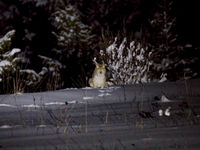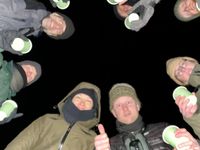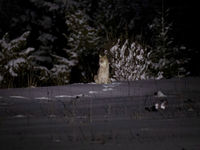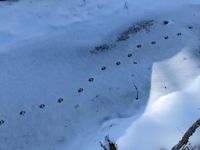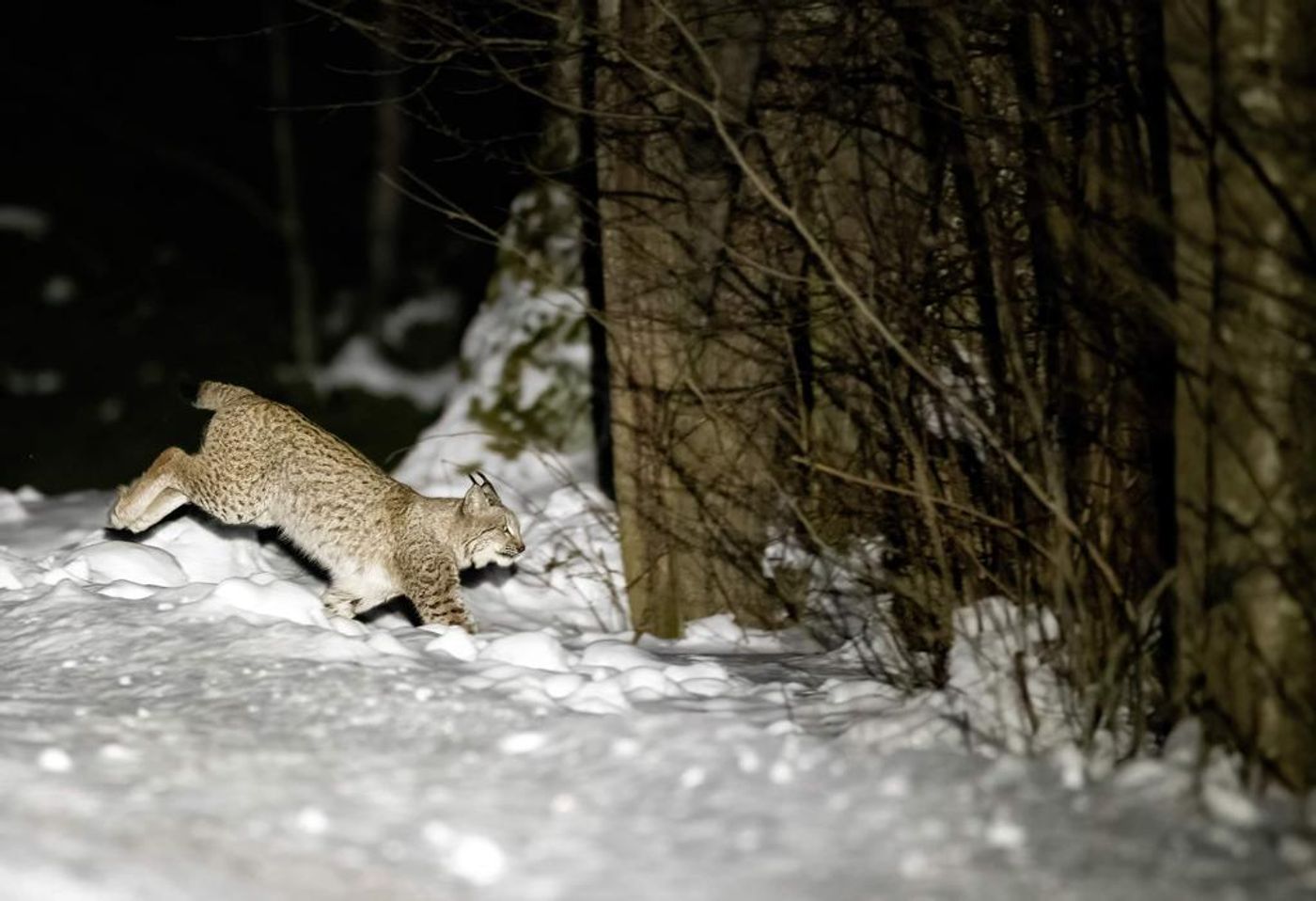

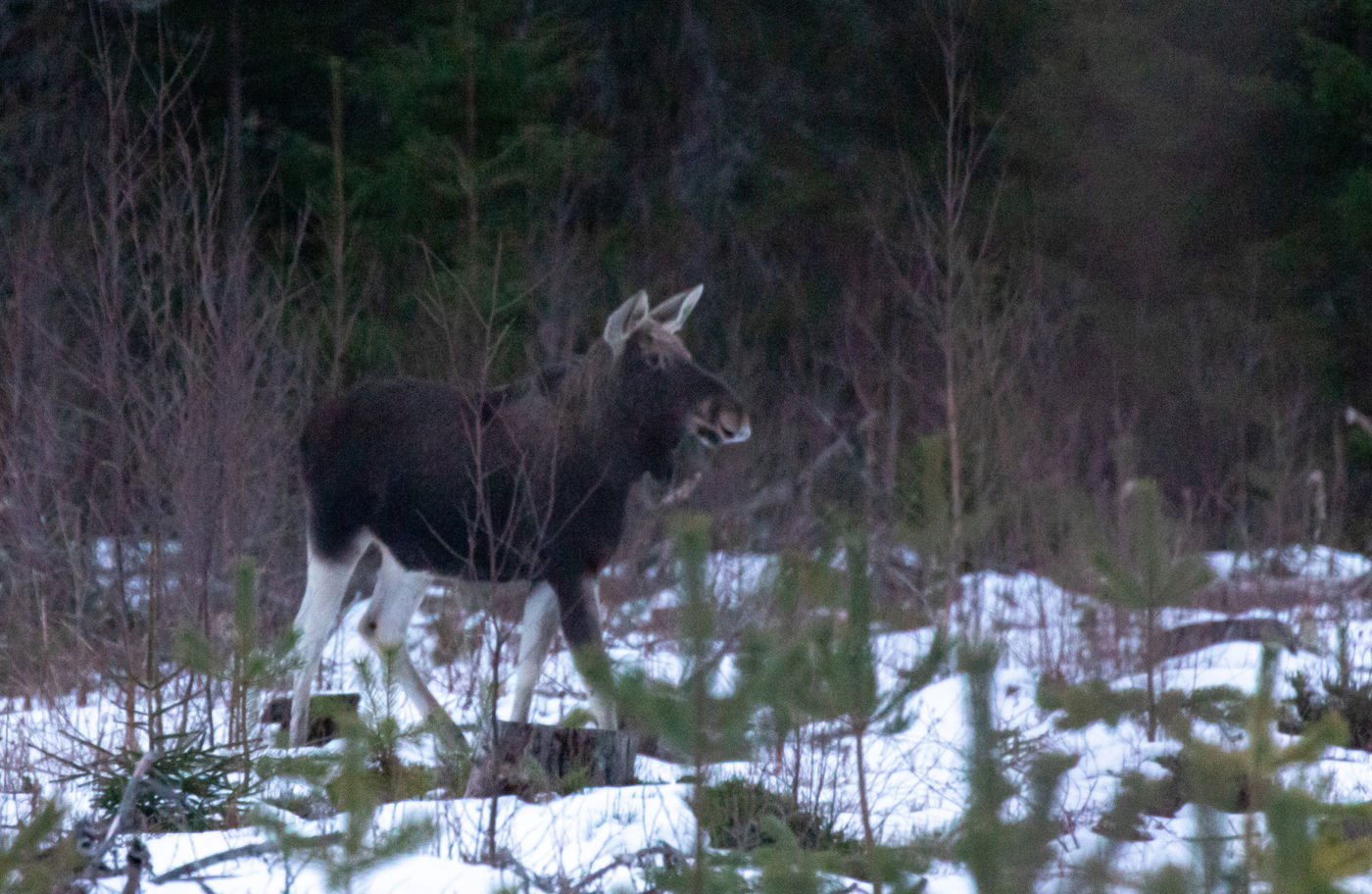

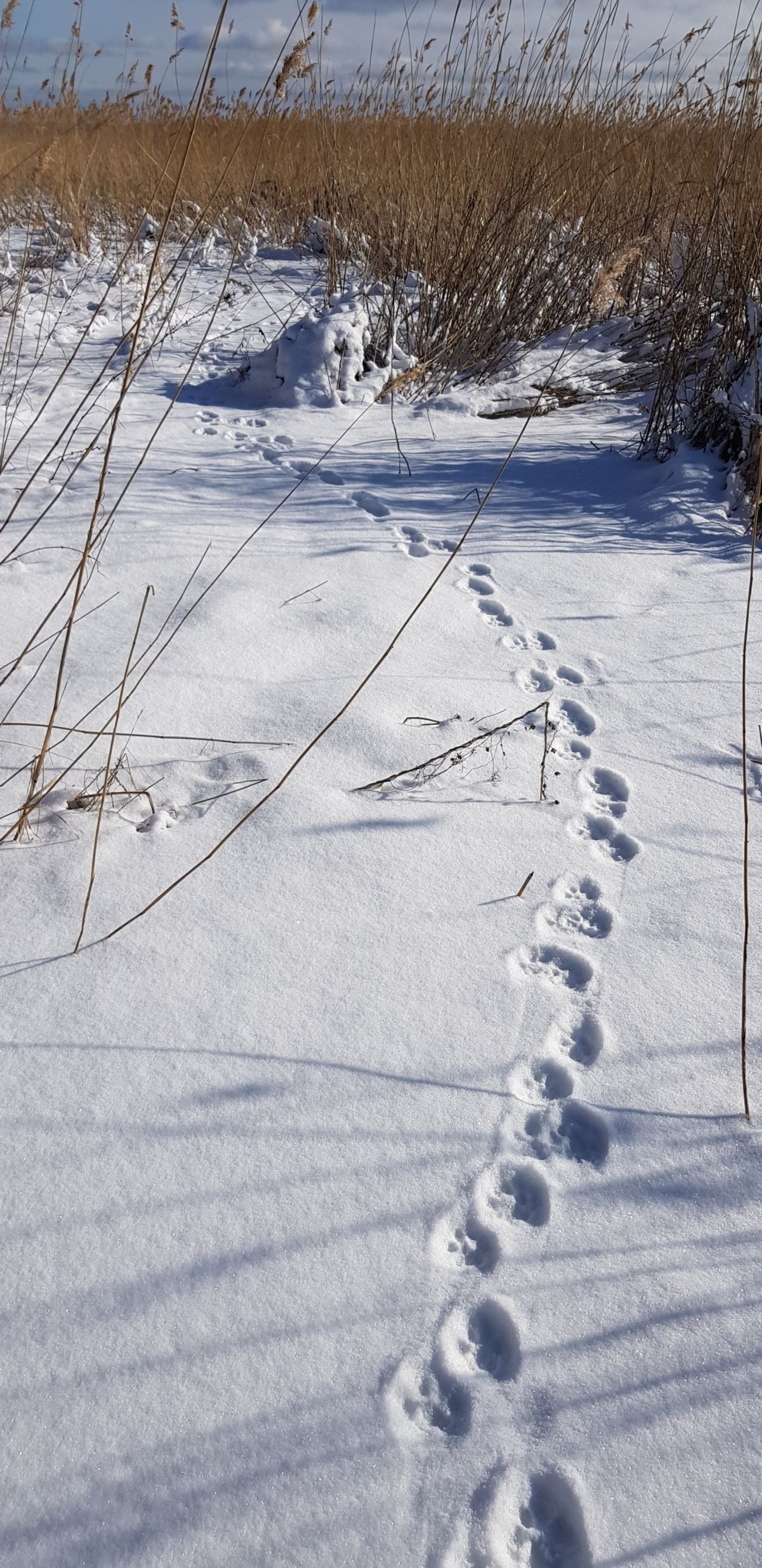
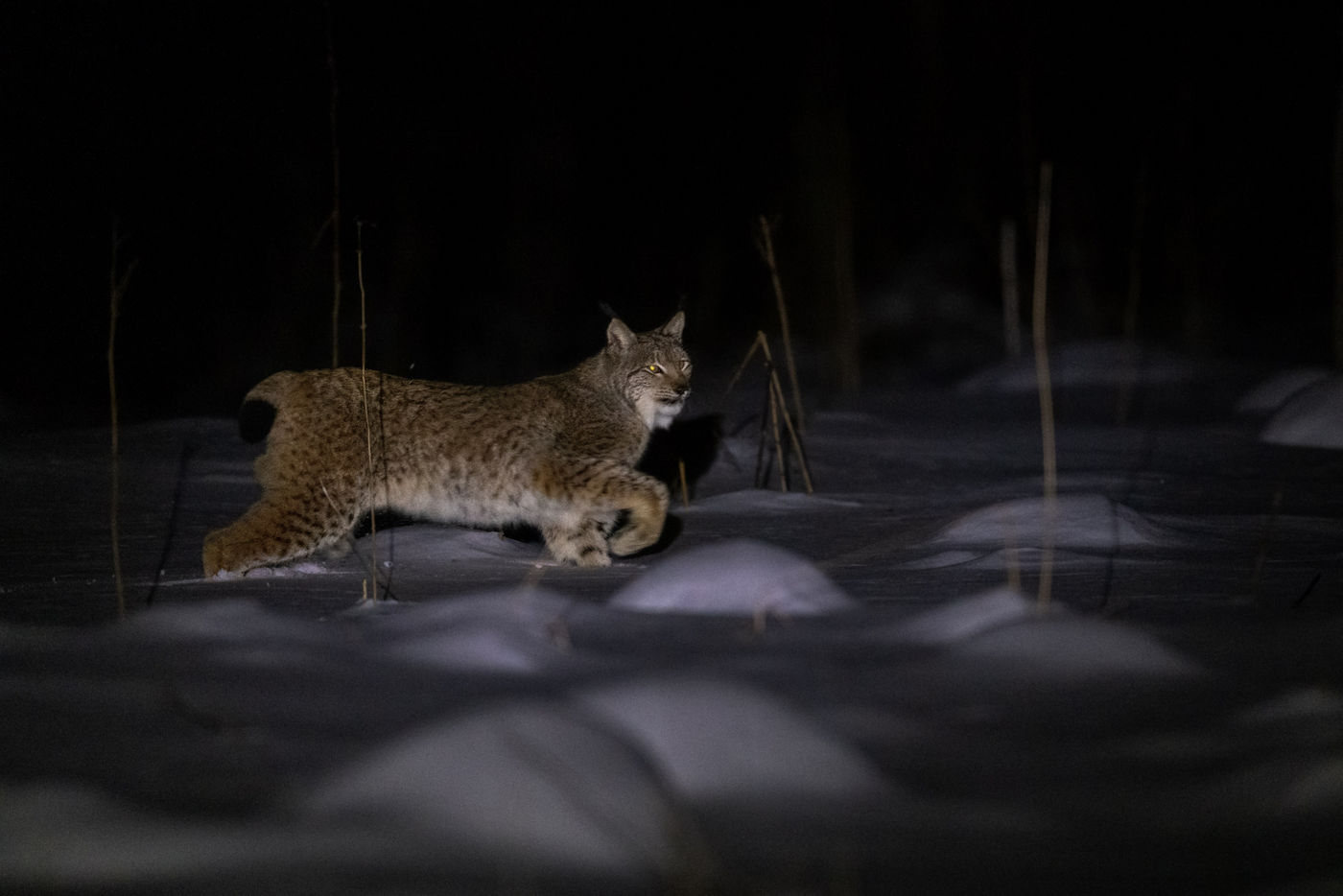
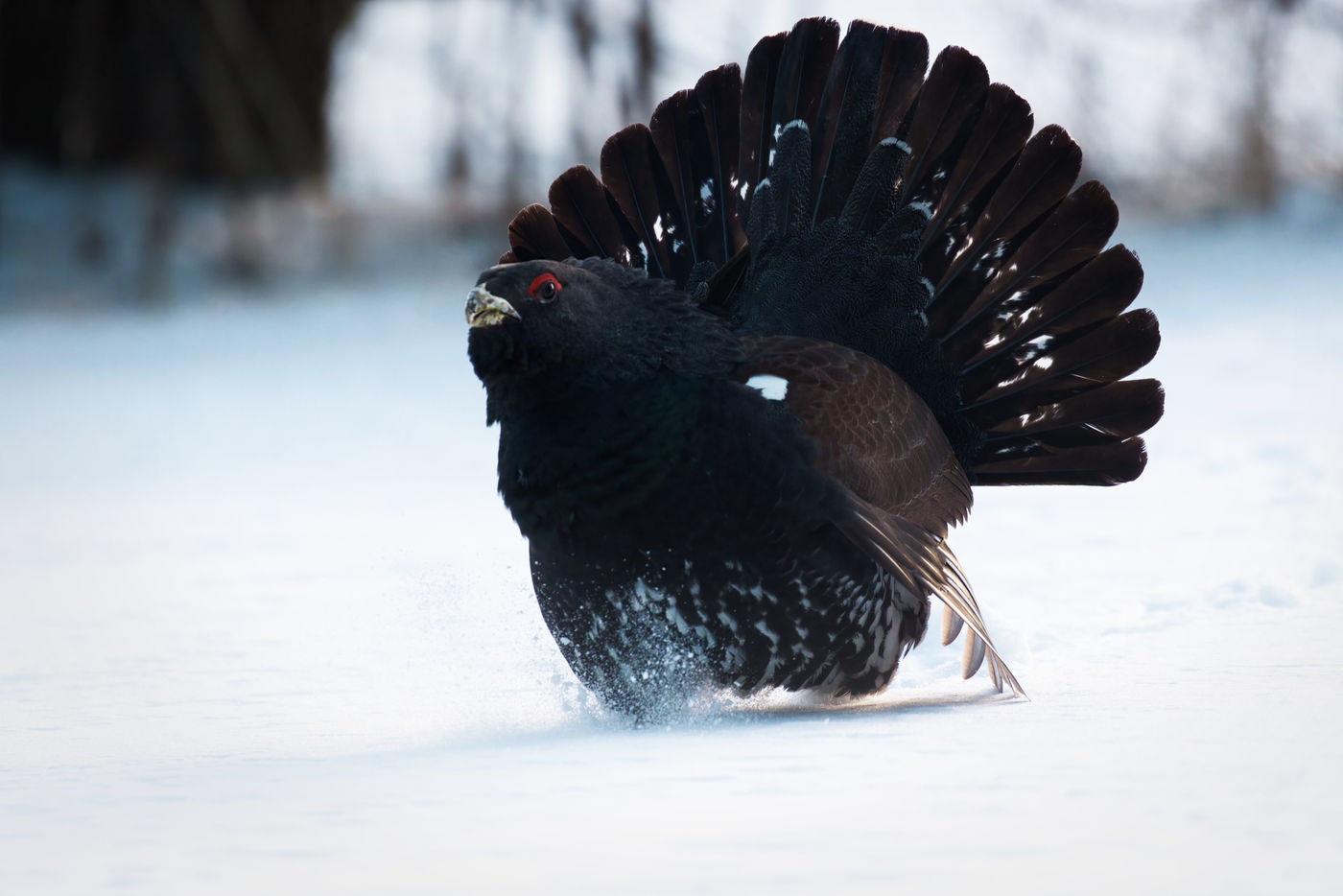
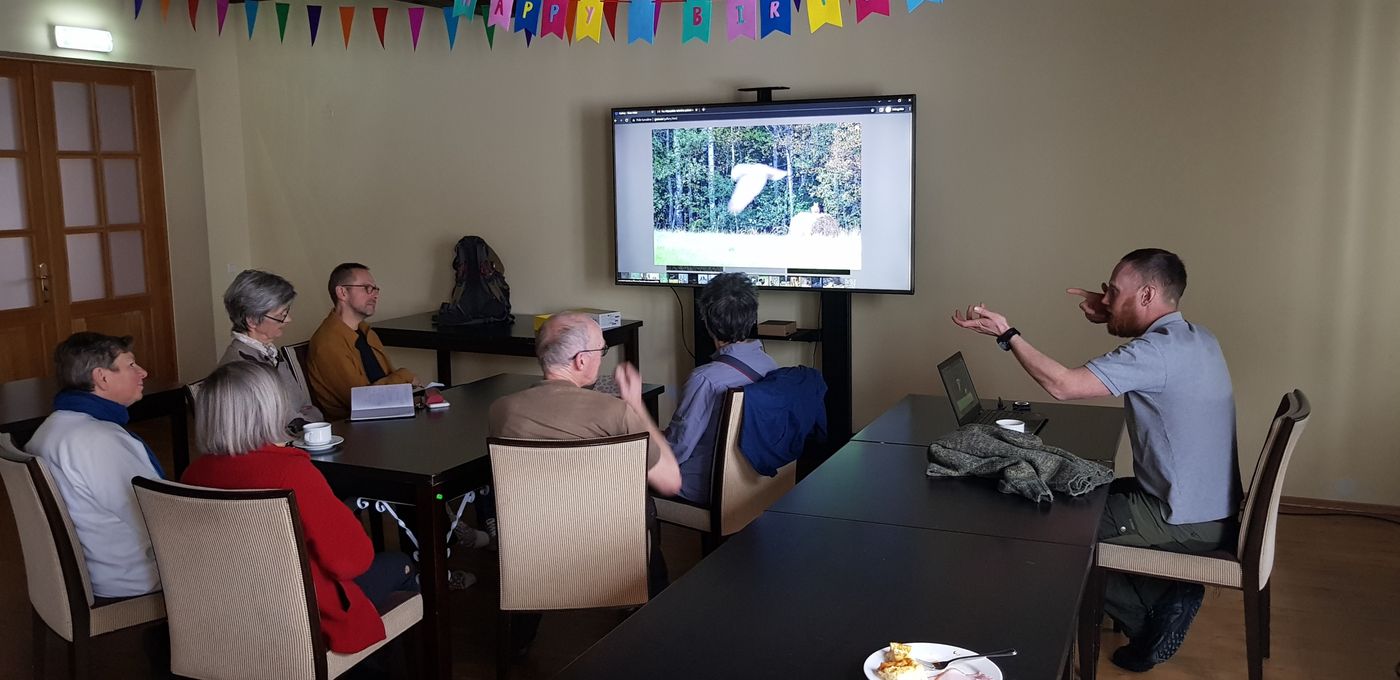
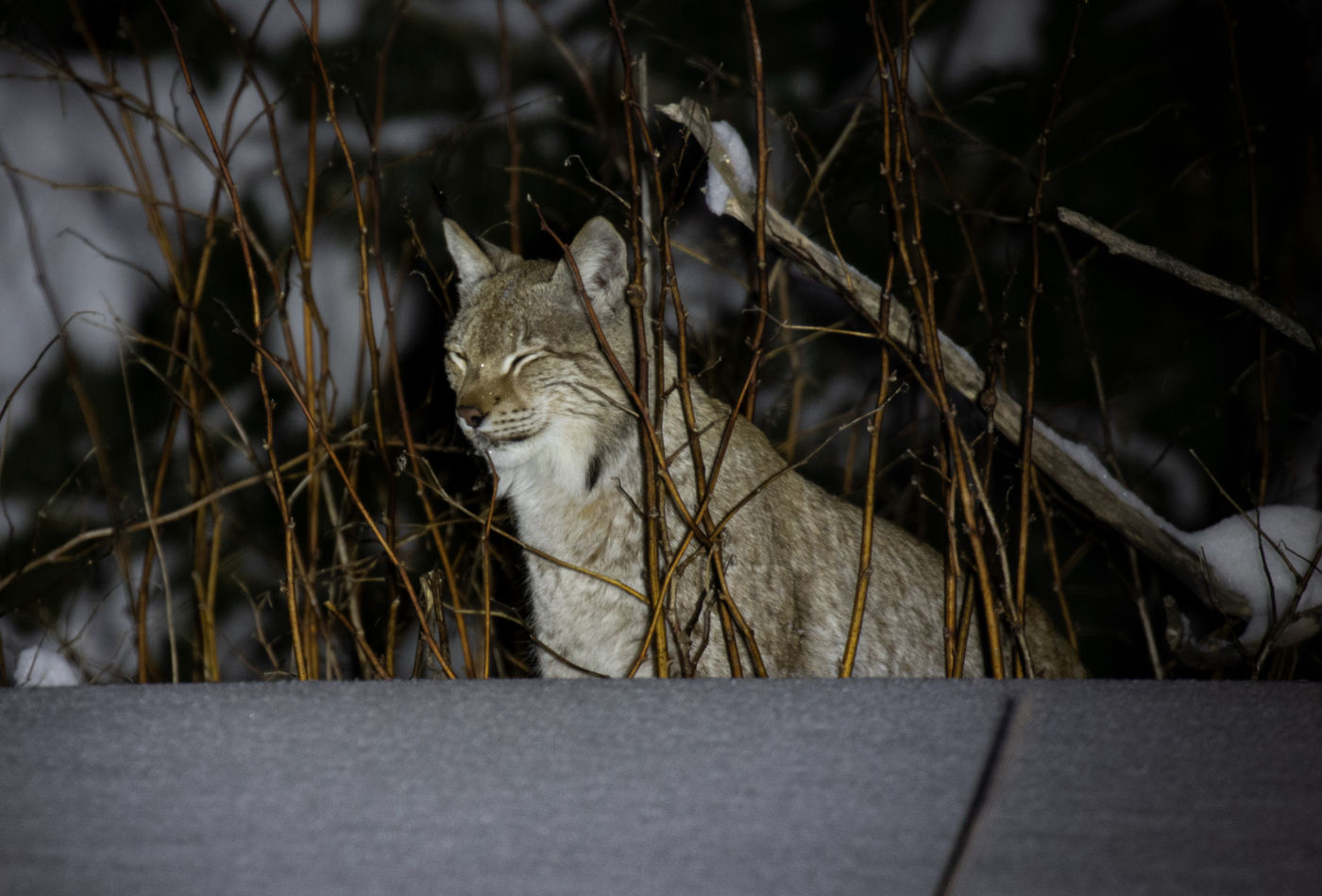
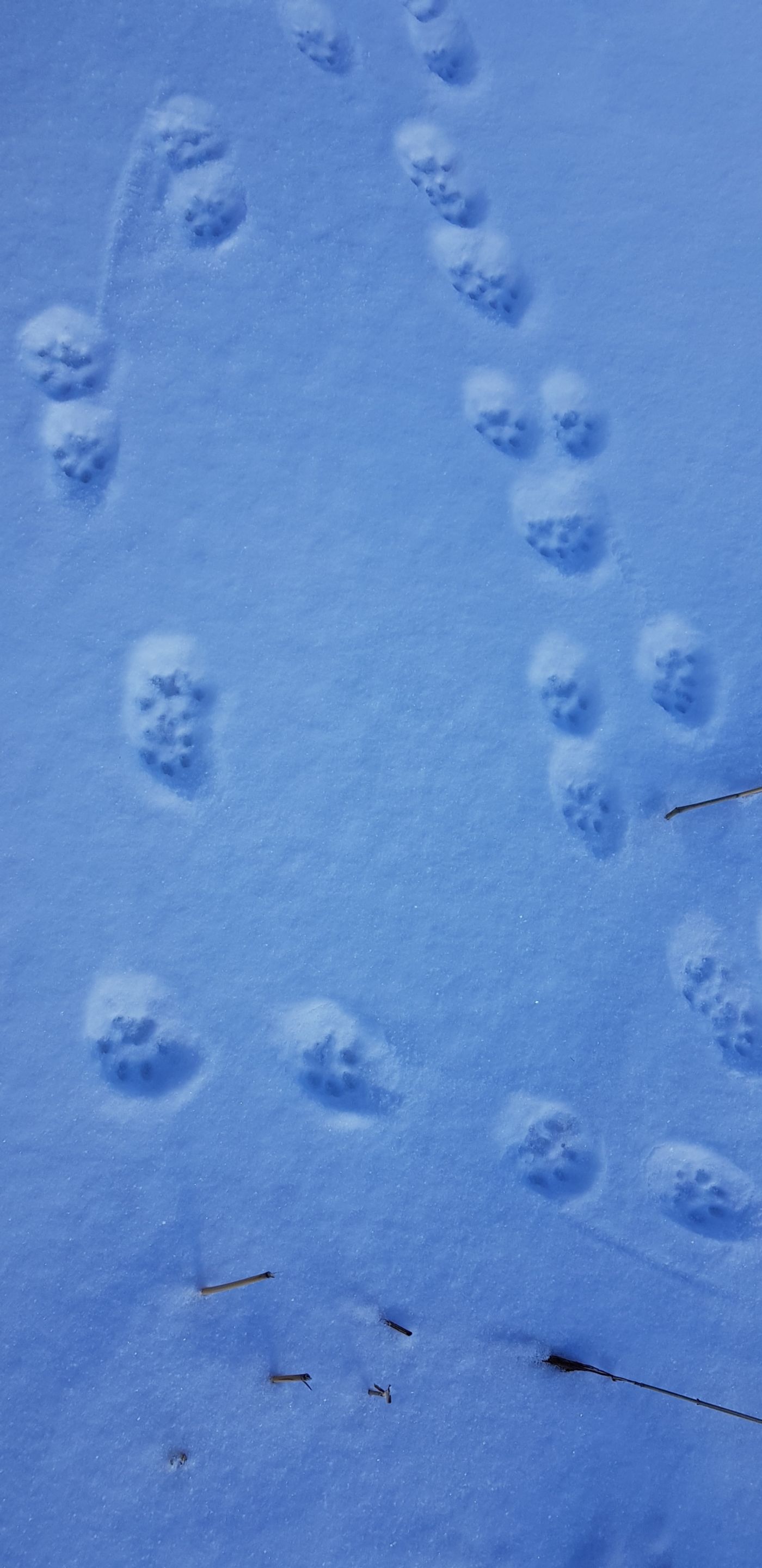
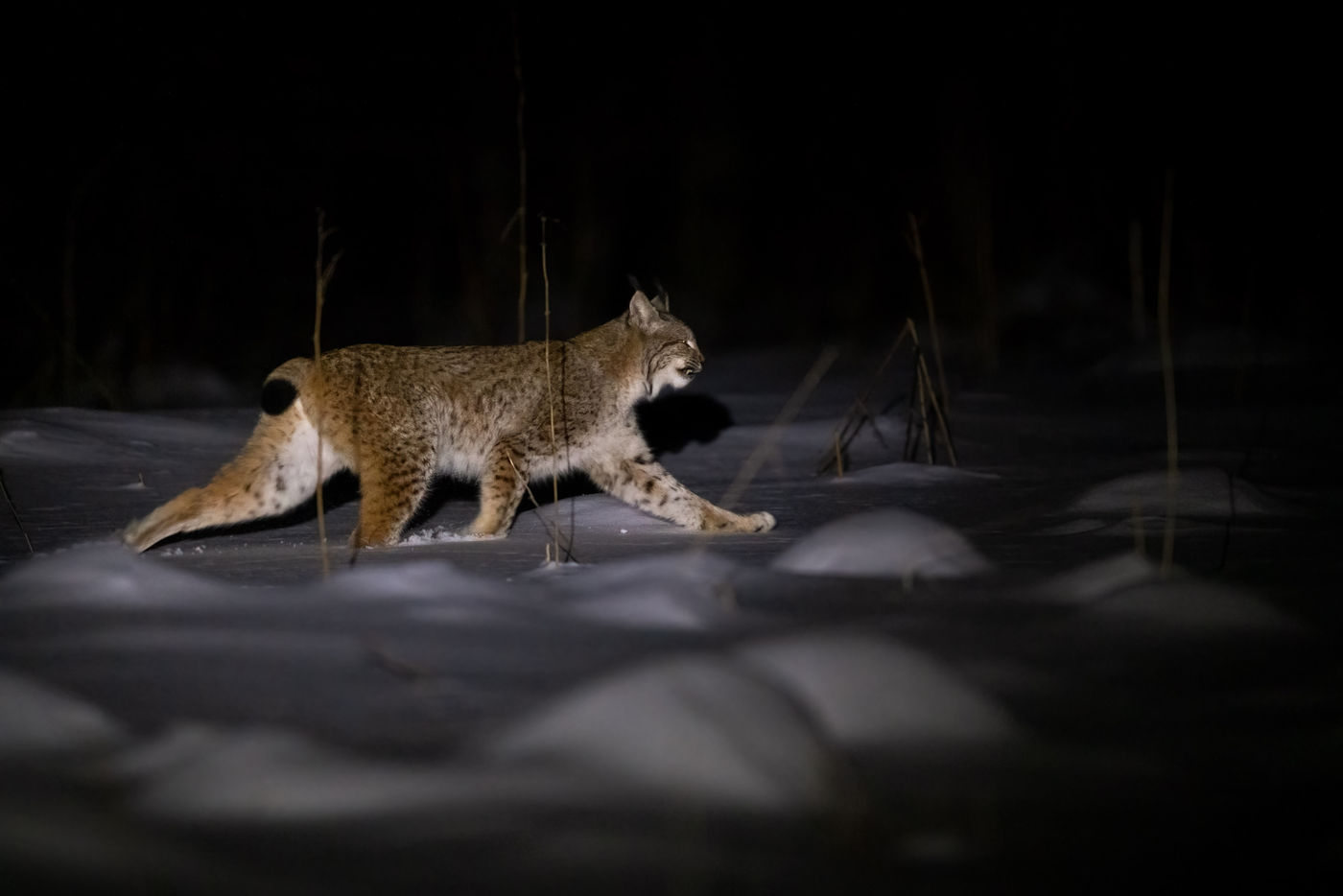
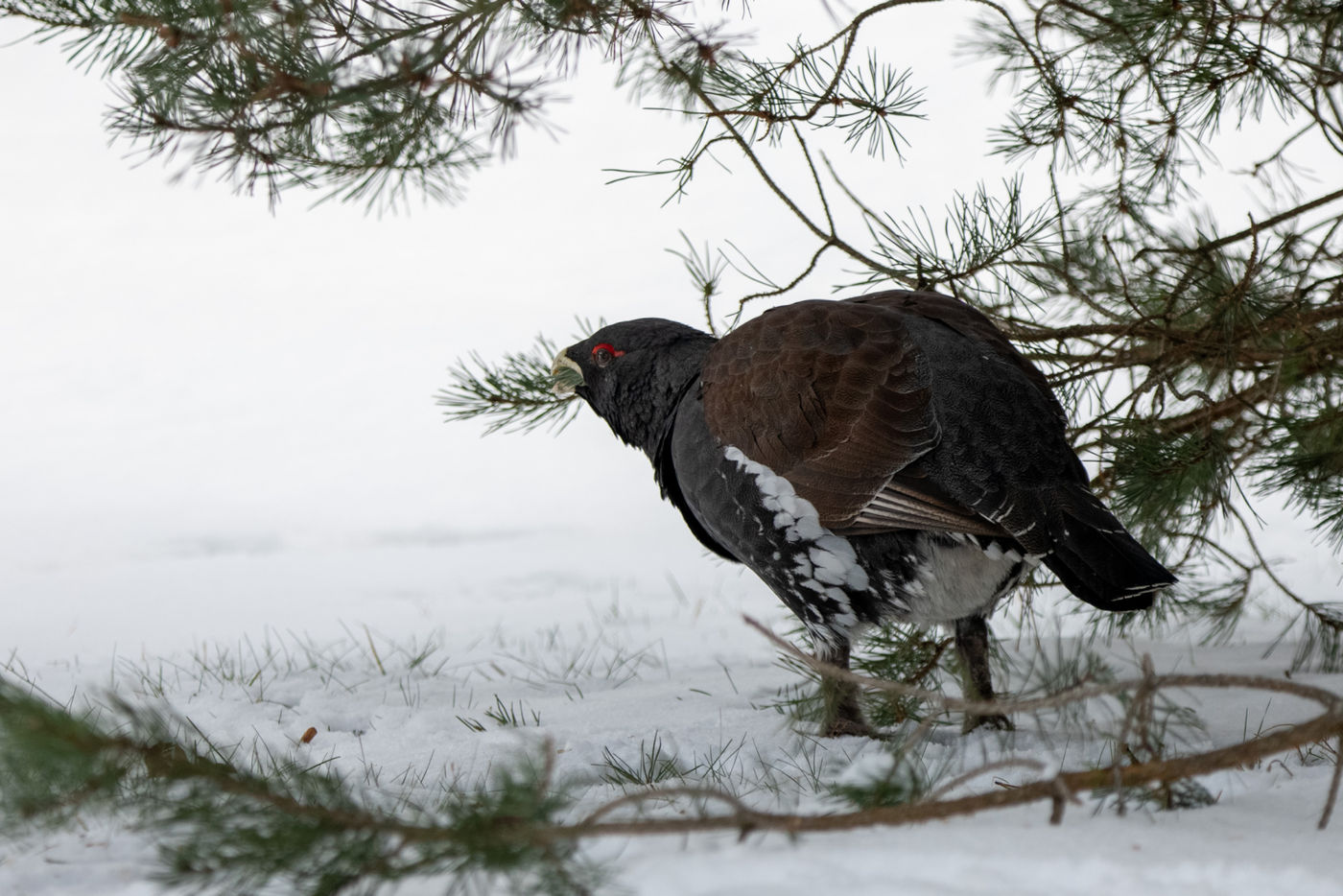


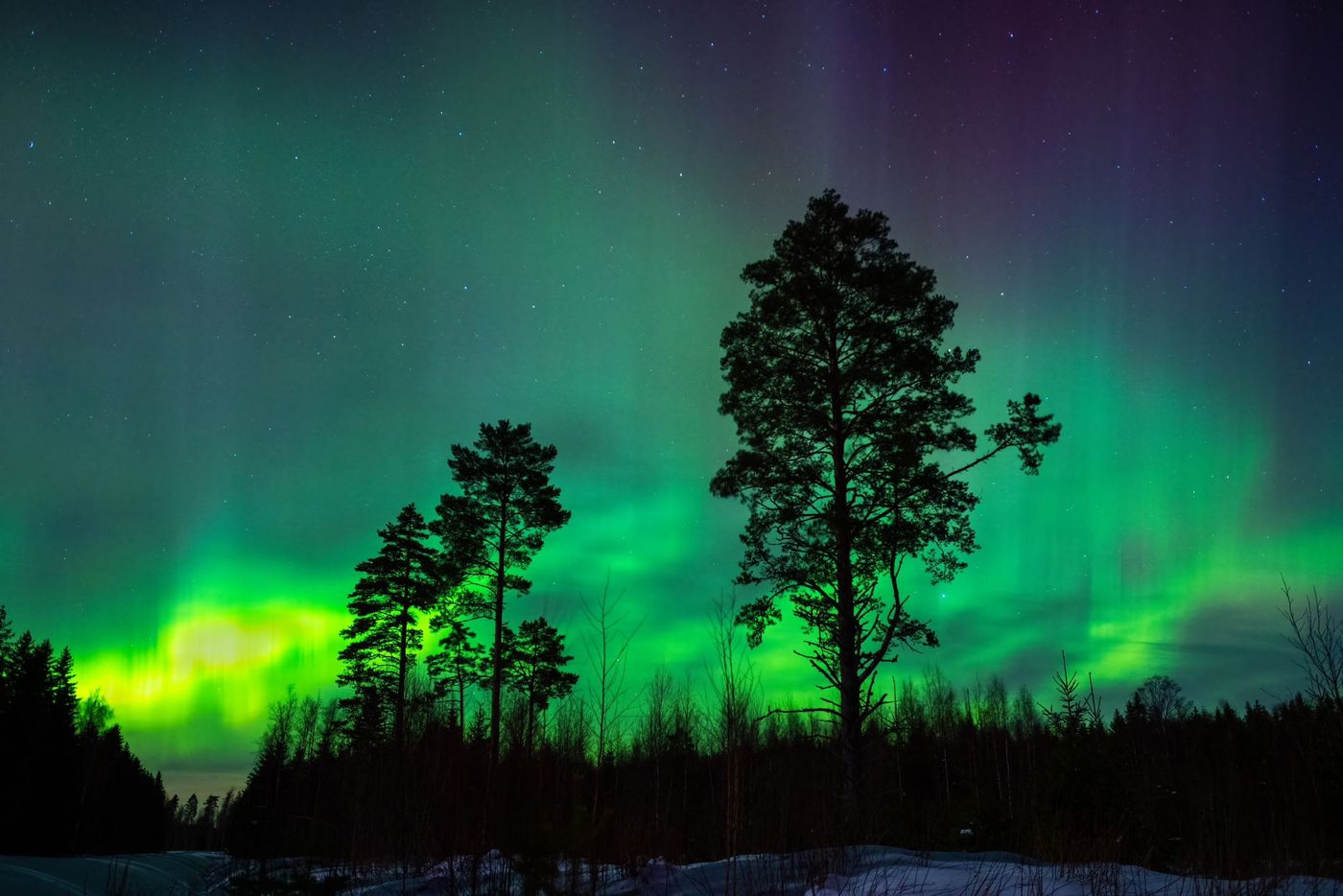
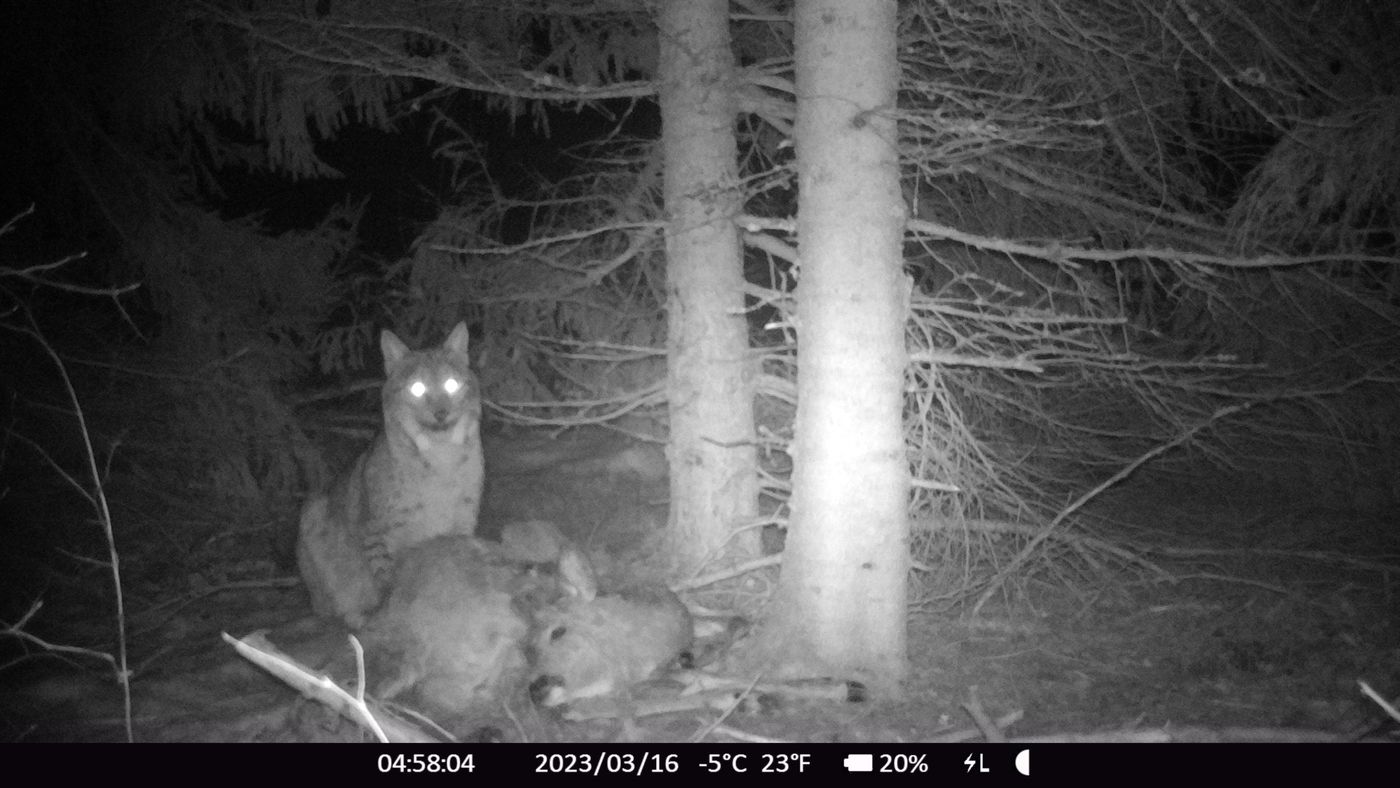
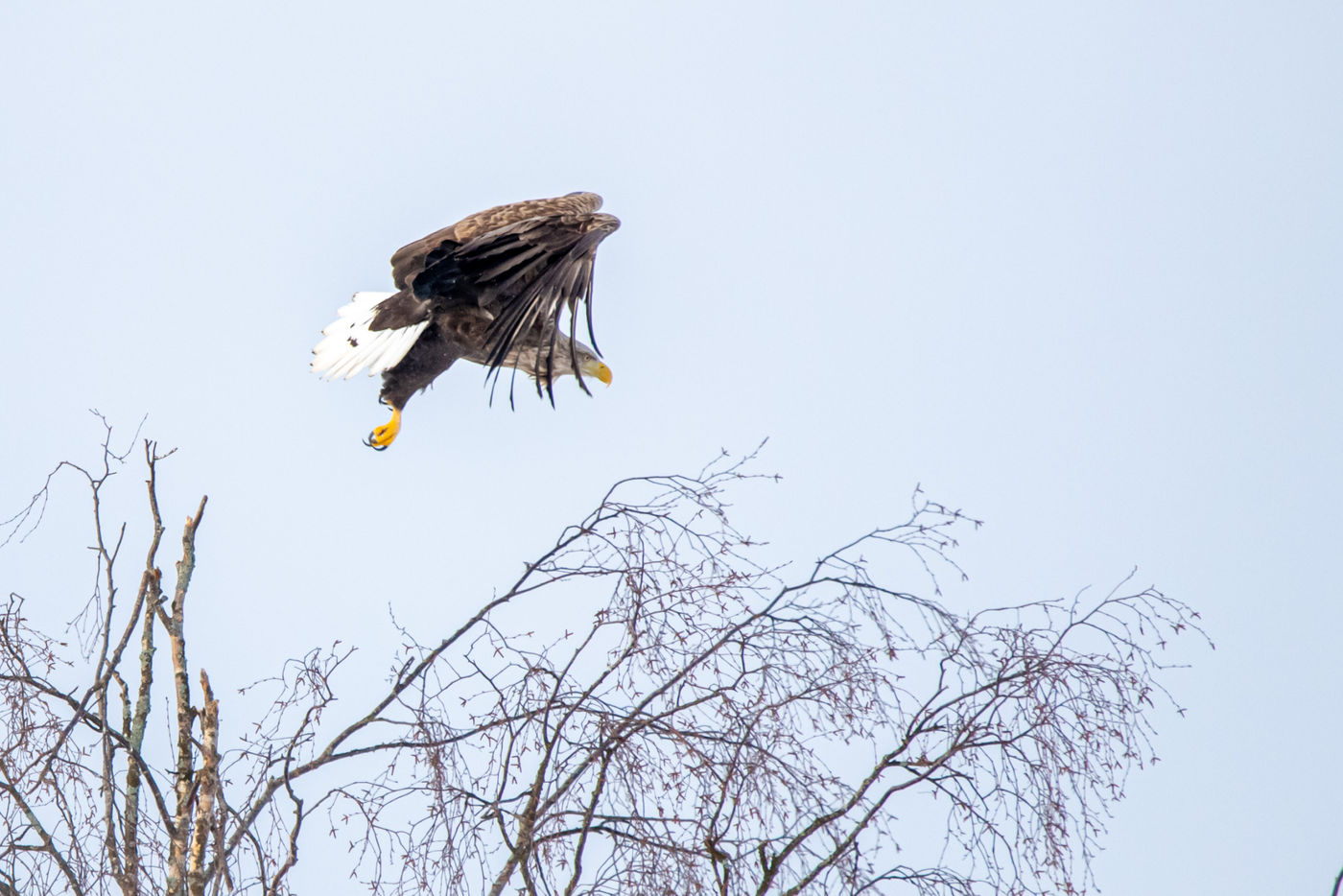


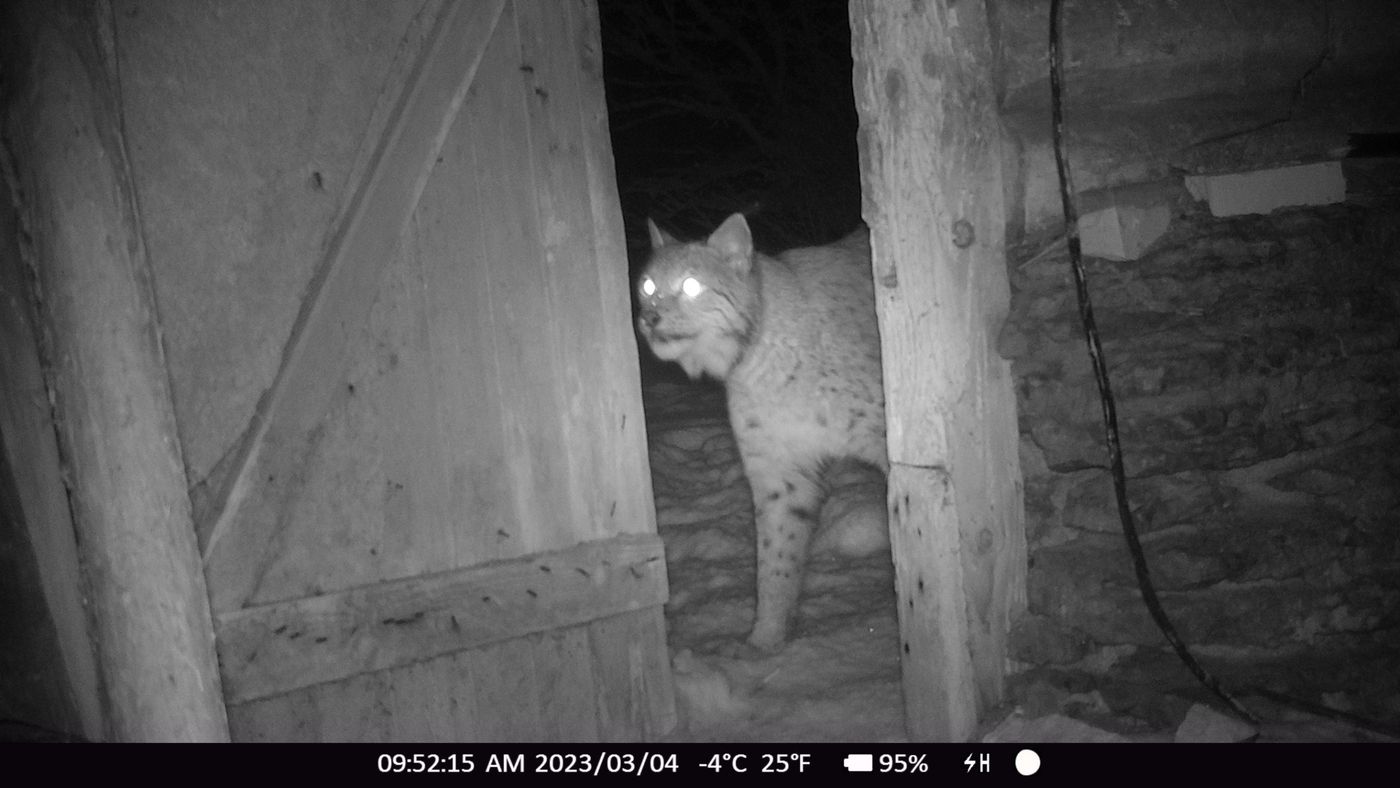

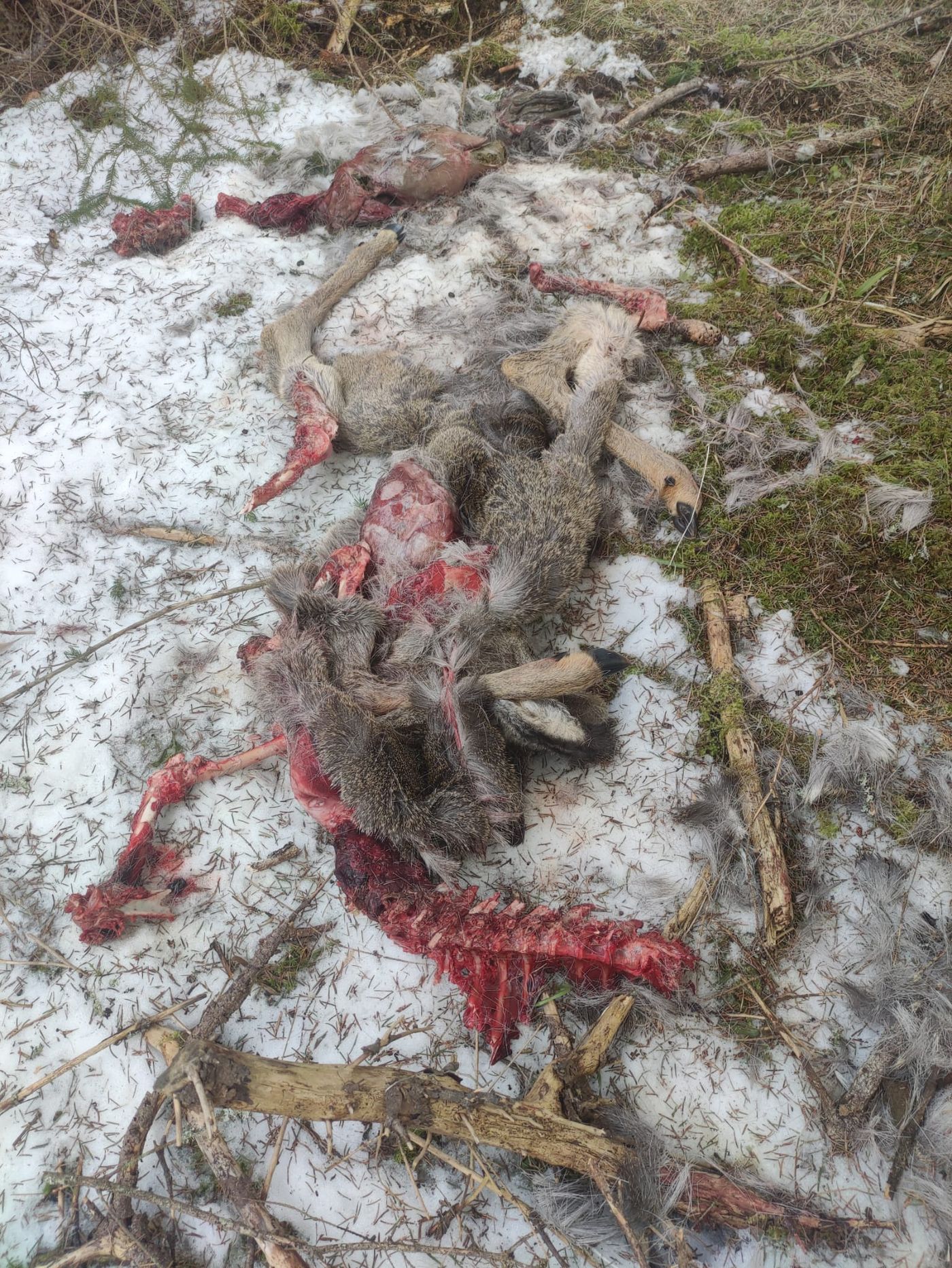



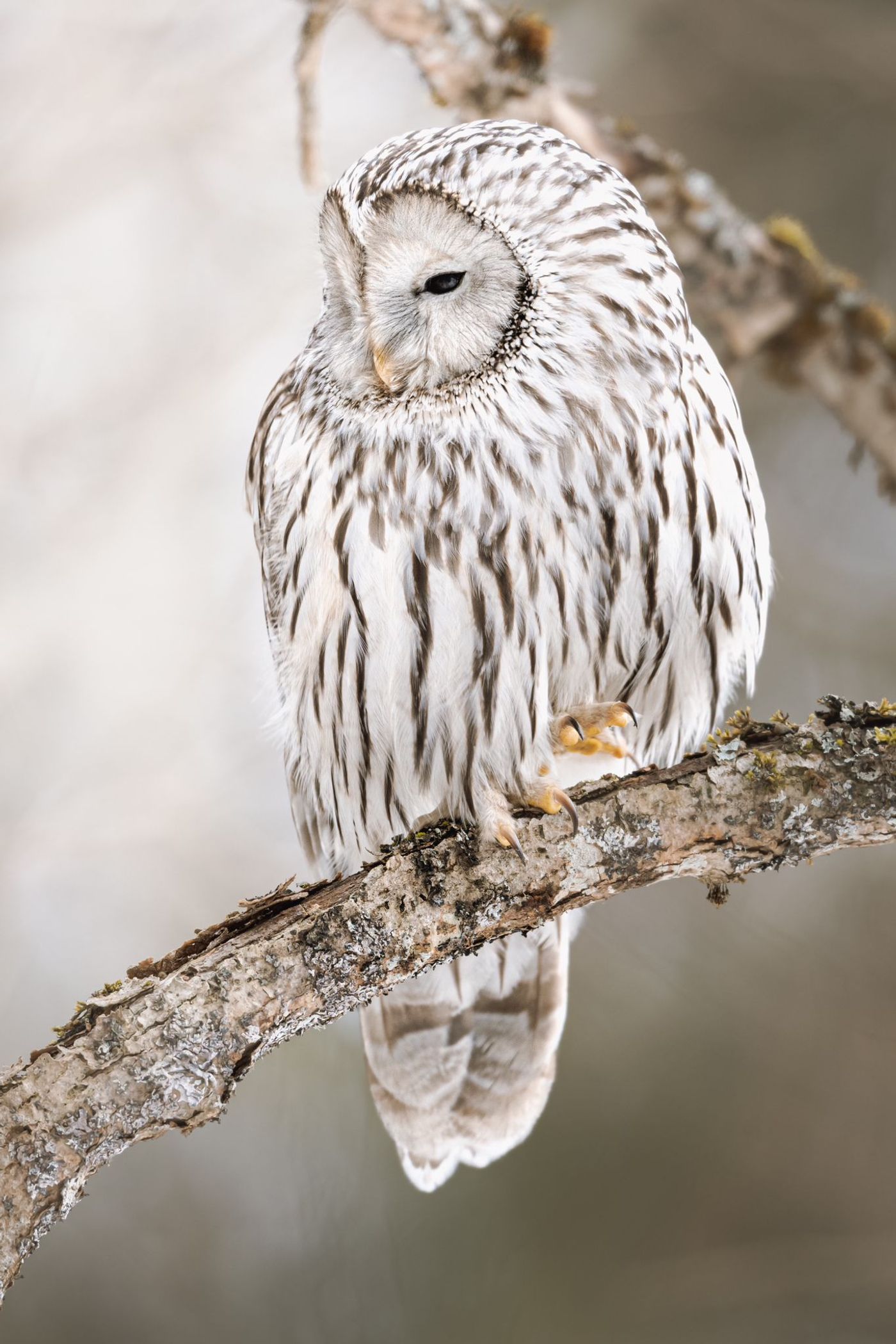
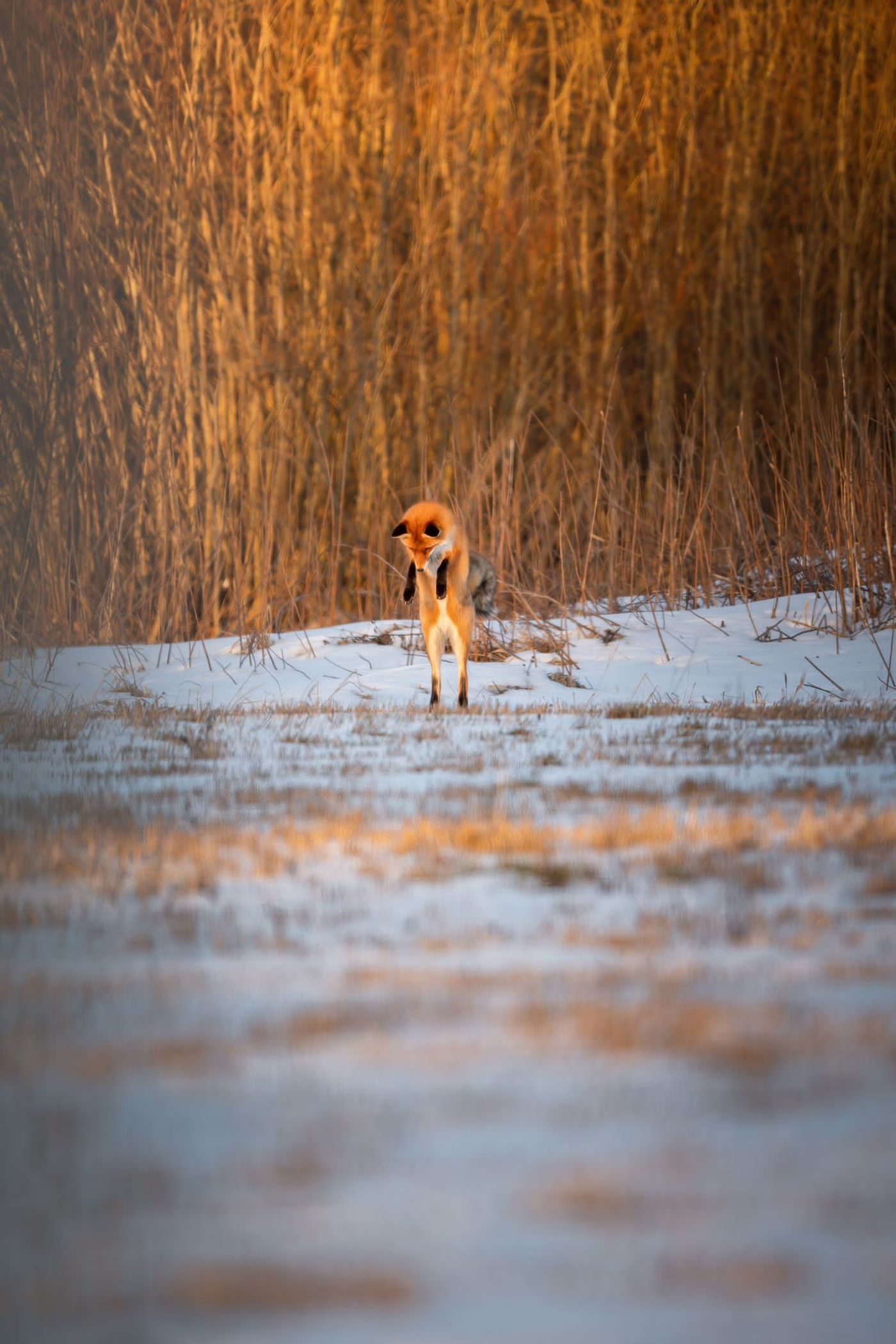

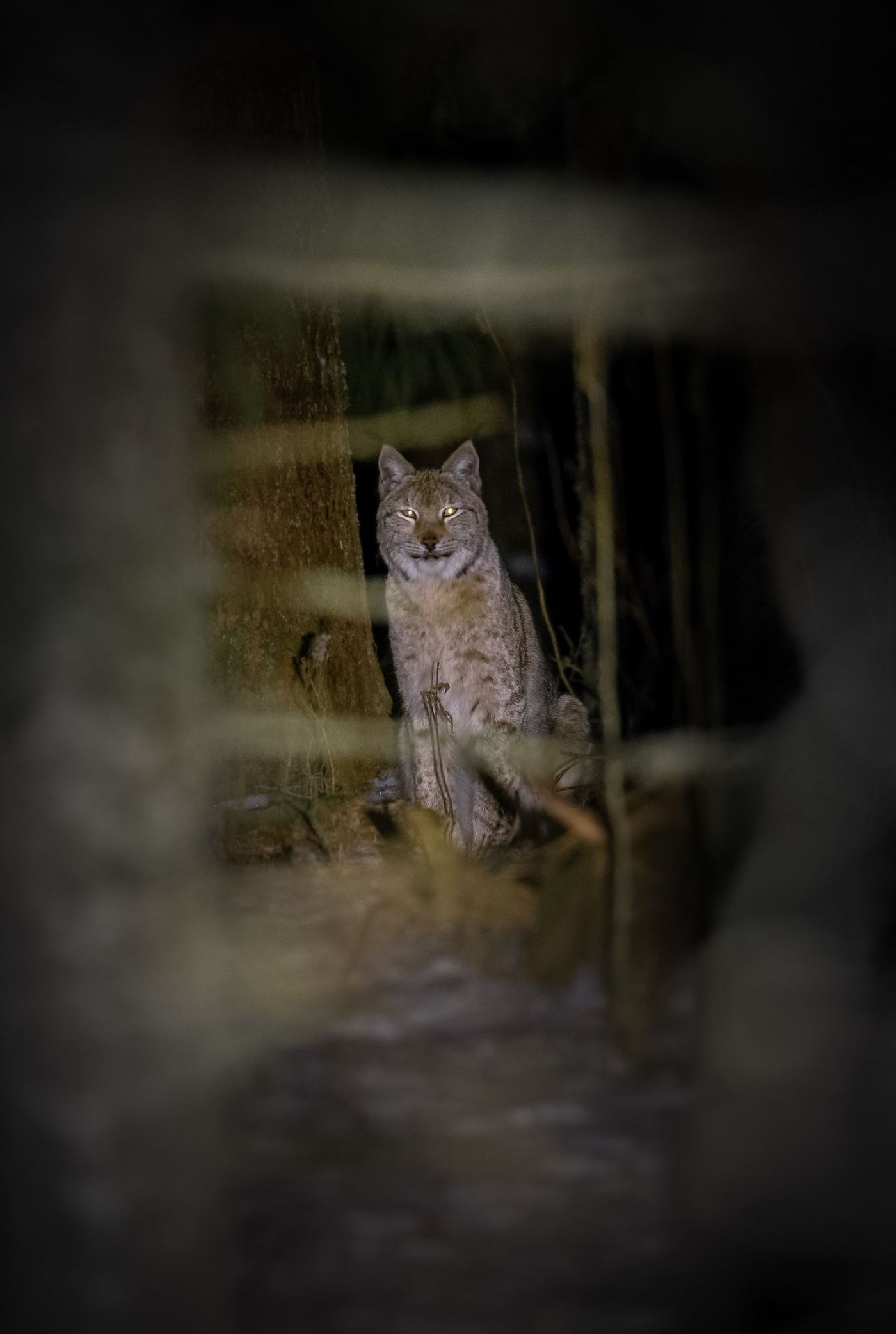
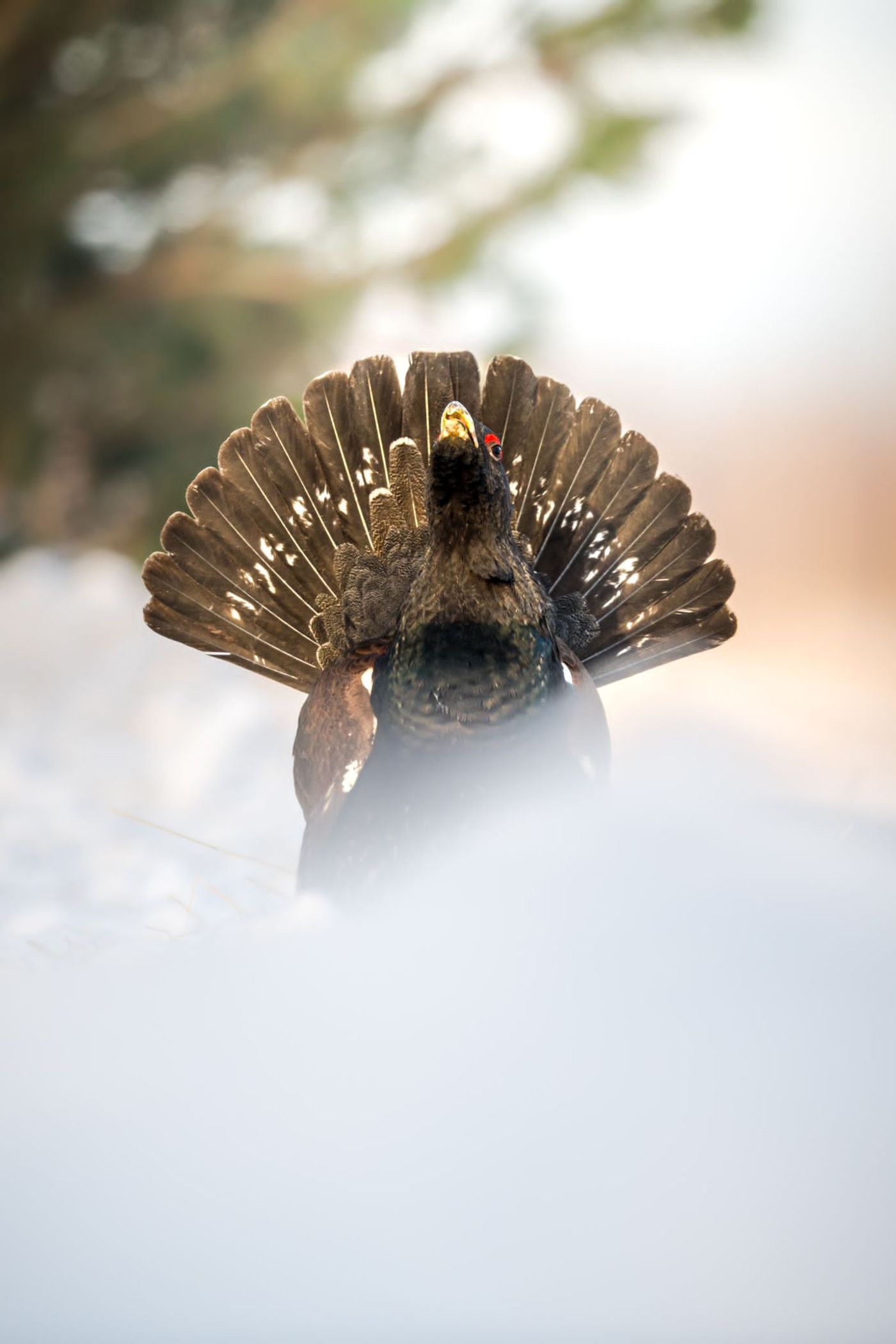

Trip report of our recent lynx tours: you gotta see it to believe it!
In 10 years of organizing travel, we have succeeded several times in offering pioneer group travel at a global level. Cats have often been a common thread in this. Borneo for the clouded leopard, Mongolia for the Pallas’ cat and now Estonia for the European lynx. All thanks to a sophisticated preparation, a fantastic local partner and a guide to look up to. You force your luck to happen, there is no such thing as coincidence. Convince yourself and subscribe right away for our tours next year!
Cover image: © Ben Hellebaut
Trip report lynx tour Estonia 2023: the first tour
On February 25, the first group arrived at Tallinn airport. After a quick introduction we drove east. A large Manor, located in the middle of Lynx territory, would be our base for the coming weeks. February and March can occasionally be extremely cold in Estonia, but also surprisingly mild.
The weather has a great influence on the start of the lynx mating season and on the arrival/visibility of other interesting species in the area. Cold, windy winter weather resulted in few sightings for the first two days. Tracks were found and camera traps were placed.
In the meantime we got to witness a presentation by our local guide. Nicknamed ‘the lynx whisperer’, he has set up a project in which he has been collecting data on the local lynx population for years by means of. monitoring and tracking.

Winter wonderland
On day 3 of the first tour the weather turned, it got warmer and almost windstill. Light clouds made for a dark night and there was a lot of deer and hare activity, which gave us good hopes for success. After a successful morning in which we were able to observe two capercaillie roosters very nicely and for a long time, we started the night drive in good spirits. After about two hours of driving, our guide spotted something interesting on a rock right next to a forest road. We turned off and within a minute or two the unmistakable silhouette of a lynx became visible in the heat camera. The site was quite dense, with open fields on both sides of the lynx. The whole group got off the bus and then saw the lynx in the spotlight cross the road and walk through a field. Lynxes have not been hunted in Estonia since 2016 and almost all lynxes in the country are therefore no longer used to hunting pressure. The cats are shy and cautious, but generally allow themselves to be observed fairly well.
This is fantastic for us but also for the animals themselves, we can observe more natural behavior without causing disturbance. An exception to this rule are females with young, they are generally very careful and often give us no more than a glimpse. After the lynx sighting it was time for a small celebration! We got champagne and decided to drink it in the woods, surrounded only by the darkness, animal sounds and the wind. Just when we thought this day couldn’t get any better, we got a beautiful show from the Northern Lights. This was the ultimate conclusion to a fantastic day in a magical winter wonderland!


The weather held up and the next evening we had 3 different lynx sightings within 2 hours! The first week eventually ended with a dazzling 7 lynx sightings (4 of which were seen by the whole group). Besides the lynx, there were several observations of capercaillie, Ural owl, pine marten, raccoon dog, moose, squirrels, white-backed woodpecker, grey-headed woodpecker, white-tailed eagle, black grouse and many other interesting bird species.

During the day time was spent looking for lynx tracks, checking camera traps and gathering local information. All these activities helped us to actually find the lynxes in the evening. Time was also spent birding and discovering Estonian nature. There was also time for culinary enjoyment, a very good breakfast and meals made from local specialties gave us the energy to be outside a lot.
→ CONVINCED? BOOK YOUR SEAT HERE!
Trip report lynx tour Estonia 2023: the second tour
The second group was picked up in Tallinn on March 4. Six new enthusiastic participants hoped for a lynx sighting and would in any case learn a lot about this charismatic species and its habitat. Due to cold weather (temperatures of -17 for several days) the mating season did not really start and this made finding the lynx a bit more difficult. The forecast for the rest of the week didn’t look much better: cold, clear weather with occasional blizzards and strong winds. On day 2, however, the weather turned in the afternoon. The conditions were perfect so the deer were very active this evening and it looked promising.
We drove close to the place where we saw a lynx twice with the first group. Suddenly one of the participants saw something interesting with the thermal camera. After studying for a while, we were sure that this was a lynx, but it disappeared into the forest edge. Then as we drove a little further to an open area, the lynx reappeared and climbed onto a knoll about 40m from the road. Everyone quickly got off the bus and that’s how we got the first sighting. However, the lynx was a bit far and not perfectly visible from the angle where we stood.
We approached the animal strategically. The plan worked and the whole group was able to photograph and observe the young male lynx extensively for about half an hour! The next day we went back to follow the lynx tracks. This is useful for data collection (territory size, social interactions and prey preference). The group was very lucky because after following 700m of tracks, we found a fresh deer kill. Next to the kill was the sleeping place, marking spots and two tracks that came together. Camera traps were quickly placed at the kill and a plan was made to wait for the lynx to return. The lynx came back but caught us and turned back after a very short sighting by the thermal camera. Fortunately, the lynx started calling… A magical experience!

We hoped that this really was the start of the mating season, but unfortunately the weather didn’t cooperate. It got colder again and the lynx activity stagnated. We had to wait two days for the next sighting. However, the wait was well worth it. A lynx suddenly sat next to the road about ten meters from the bus. At first only the ears visible, but soon the cat showed itself completely. A fantastic experience for the participants who didn’t even need their binoculars, it was that close.

The rest of the trip was a combination of tracking (where even a 2nd deer kill was found), birding, enjoying nature and meals at the hotel. One day the weather was so bad that we visited a museum about Estonian nature and the participants received a presentation about predator protection in Africa, Estonia and Poland, among others. Due to the extremely cold weather, fewer species were seen this week, but the lynx sightings were of a very high quality. We also saw moose, snowshoe hare, spotted nutcrackers, capercaillie, three-toed woodpecker, bald eagles, long-tailed duck, beavers, many other bird species and daylight raccoon dogs.

We kijken terug op twee enorm geslaagde weken waarin alle deelnemers meerdere Euraziatische lynxen in het wild hebben gezien en tevens de mogelijkheid hebben gehad om de soort in het wild te fotograferen. Naast het zien van deze fascinerende soort hebben we ongelooflijk veel andere fijne diersoorten gezien en heel veel geleerd over Europa’s grootste wilde kattensoort!
We look back on two very successful weeks during which all participants saw several Eurasian lynxes in the wild and also had the opportunity to photograph the species in the wild. In addition to seeing this fascinating species, we saw an incredible amount of other fine species and learned a lot about Europe’s largest wild cat species!
→ ENOUGH REASONS TO RETURN! WHO JOINS ME NEXT YEAR?











